 Image 1 of 9
Image 1 of 9

 Image 2 of 9
Image 2 of 9

 Image 3 of 9
Image 3 of 9

 Image 4 of 9
Image 4 of 9

 Image 5 of 9
Image 5 of 9

 Image 6 of 9
Image 6 of 9

 Image 7 of 9
Image 7 of 9

 Image 8 of 9
Image 8 of 9

 Image 9 of 9
Image 9 of 9










Art Deco Bulle Mantel Clock Numbered 1957
A very fine art deco Mantel Clock by Bulle, numbered 1957, dating the clock to the second year of the company’s production in 1921. Housed in a very attractive lacquered mahogany case with a push button mechanism to open the front. With a silvered dial and exposed movement and two panels of beveled glass, the dial signed Bulle Patent and retailed by J.C. Bell Doncaster.
Powered by a battery, the pendulum swings along a bar magnet which has a north seeking pole at the centre, and south poles at each end. As the pendulum swings contacts close at every alternate swing and the pendulum is energised and attracted to the centre of the magnet bar. As the solenoid in the pendulum swings over the magnet, a current is induced in its opposition to that of the cell, thus the pendulum swings faster in response to the impulses it receives. The impulses are reduced in strength by the action of the induced current acting in opposition. Motion to the dial is supplied by a pawl and ratchet mechanism.
The Bulle Clock was manufactured by the Compagnee Generale des Appareils Horo-Electrique. During the period 1920 to 1952 production is estimated to have been some 300,000 clocks. All used the contact system as outlined in the original patent, and over 100 different case designs were utilised. The early part of the 20th Century saw a large number of electric clock developments, the Bulle is perhaps one of the most successful and certainly one the most suited to domestic use.
32cm H x 20.5cm W x 14cm D
A very fine art deco Mantel Clock by Bulle, numbered 1957, dating the clock to the second year of the company’s production in 1921. Housed in a very attractive lacquered mahogany case with a push button mechanism to open the front. With a silvered dial and exposed movement and two panels of beveled glass, the dial signed Bulle Patent and retailed by J.C. Bell Doncaster.
Powered by a battery, the pendulum swings along a bar magnet which has a north seeking pole at the centre, and south poles at each end. As the pendulum swings contacts close at every alternate swing and the pendulum is energised and attracted to the centre of the magnet bar. As the solenoid in the pendulum swings over the magnet, a current is induced in its opposition to that of the cell, thus the pendulum swings faster in response to the impulses it receives. The impulses are reduced in strength by the action of the induced current acting in opposition. Motion to the dial is supplied by a pawl and ratchet mechanism.
The Bulle Clock was manufactured by the Compagnee Generale des Appareils Horo-Electrique. During the period 1920 to 1952 production is estimated to have been some 300,000 clocks. All used the contact system as outlined in the original patent, and over 100 different case designs were utilised. The early part of the 20th Century saw a large number of electric clock developments, the Bulle is perhaps one of the most successful and certainly one the most suited to domestic use.
32cm H x 20.5cm W x 14cm D
A very fine art deco Mantel Clock by Bulle, numbered 1957, dating the clock to the second year of the company’s production in 1921. Housed in a very attractive lacquered mahogany case with a push button mechanism to open the front. With a silvered dial and exposed movement and two panels of beveled glass, the dial signed Bulle Patent and retailed by J.C. Bell Doncaster.
Powered by a battery, the pendulum swings along a bar magnet which has a north seeking pole at the centre, and south poles at each end. As the pendulum swings contacts close at every alternate swing and the pendulum is energised and attracted to the centre of the magnet bar. As the solenoid in the pendulum swings over the magnet, a current is induced in its opposition to that of the cell, thus the pendulum swings faster in response to the impulses it receives. The impulses are reduced in strength by the action of the induced current acting in opposition. Motion to the dial is supplied by a pawl and ratchet mechanism.
The Bulle Clock was manufactured by the Compagnee Generale des Appareils Horo-Electrique. During the period 1920 to 1952 production is estimated to have been some 300,000 clocks. All used the contact system as outlined in the original patent, and over 100 different case designs were utilised. The early part of the 20th Century saw a large number of electric clock developments, the Bulle is perhaps one of the most successful and certainly one the most suited to domestic use.
32cm H x 20.5cm W x 14cm D
